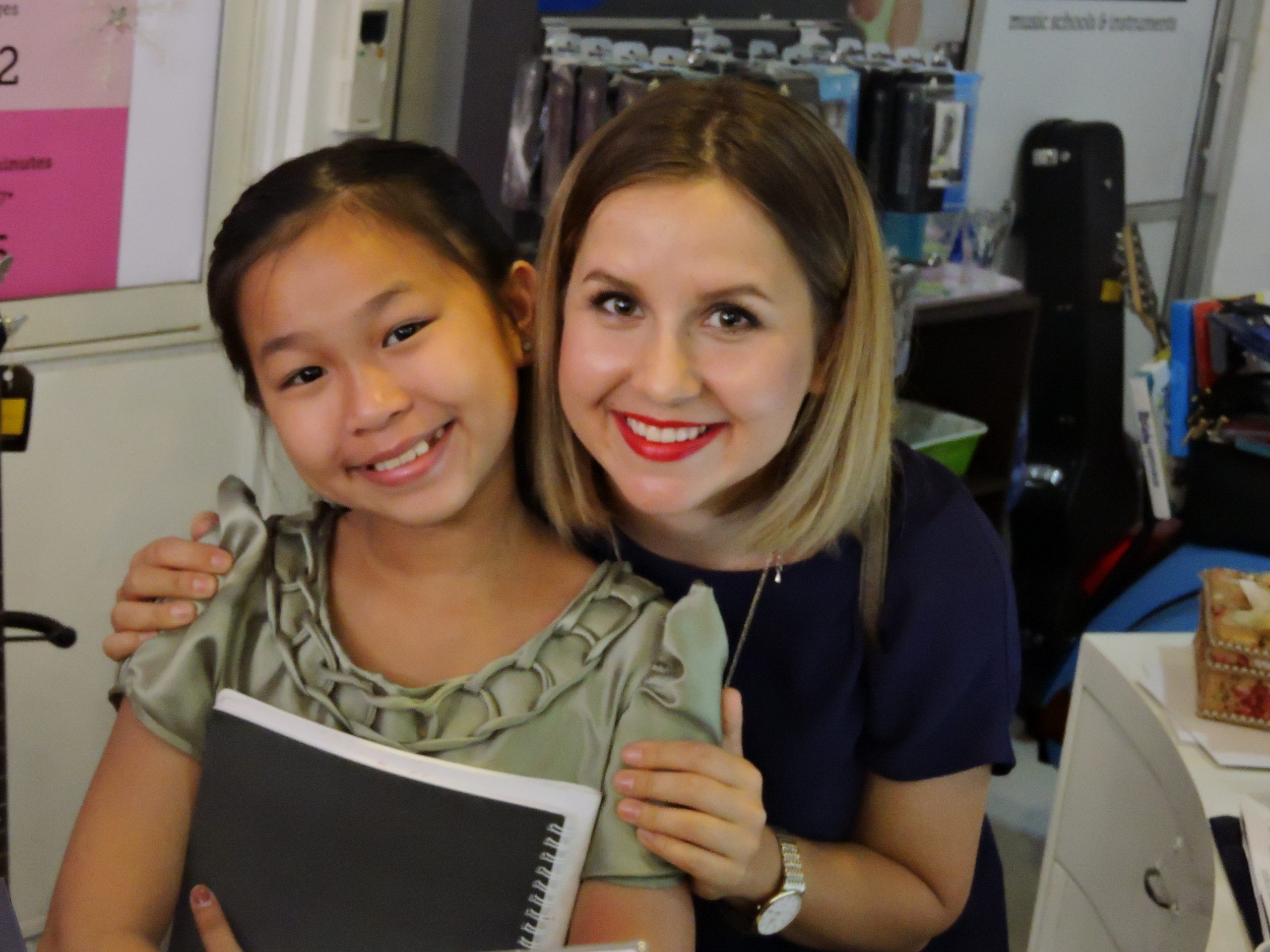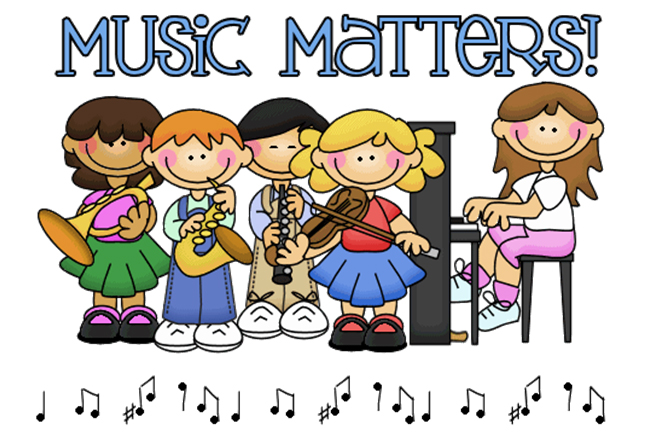Learn Piano in Cambodia – Piano Styles
In Cambodia, there are a few music schools, most of which will focus on the so-called ‘traditional method’. You will be taught to read music, to write it down, to analyze it and perform it. This is the standard way of learning in the West. However, this is only a base instruction useful only to those who take this to the next level.
Adaptation for the Khmer student is necessary to ensure sustainable propagation of piano playing in Cambodia.
It is important that the student understands that there are several styles possible on the piano. It may seem rediculous to the western teacher, but, in Cambodia, most think of the piano as producing ‘one type of sound’ or only ‘one style’. This is due to superficial nature of TV programs that present musical content, especially on TV.
Classical music is present only sporadically in the region, whereas Jazz is seen as dinner entertainment at best, if you can find any at all. Local and international Pop instead has huge reach in Cambodia and that’s what everybody wants to play.
K-Pop (Korean Pop) has been a hit, so even a song like River Flows in You (by Yiruma, a Korean pianist) are extremely popular (https://www.youtube.com/watch?v=jXeValS-RMM).
Below is a short description of the 3 main piano styles, with example videos. This is not a definitive guide, rather a little help for Khmer students and teachers to identify the style that best suits them.
- Classical Piano Music
The term Classical Music is used to demark the Classical period in Western Music (1732 to 1827, the birth date of J. Haydn and the death of L.V.Beethoven, respectively).
Wrongly, however, most music dating from 1650 to 1900 is referred to as Classical Music – this is a simplification used by record labels and enthusiasts to easily demark a period before Film, Jazz, Rock and Roll and Electronic music. Classical Music is deeply rooted within keyboard instruments, as most composers would write whilst sitting on the harpsichord or the piano.
Classical piano playing is perhaps the most technically demanding of all styles, with years of study required to master even simple compositions. Classical piano in Cambodia has a very high drop-out rate because students wrongly enroll in these courses without truly understanding what is their goal.
However, those who work hard and insist down this path are rewarded with technically superior skills. Also, the ability to read music fluently and understand its structural composition is a huge advantage when switching styles later.
An example of classical piano playing is here (Daniel Barenboim plays Mozart’s Sonata KV545) https://www.youtube.com/watch?v=1vDxlnJVvW8
- Jazz Piano
Jazz music didn’t start ‘on the keyboard’ like Classical music. It started with the voice. African-American workers back in the late 1800s developed a style called Blues. This is the progenitor of what we call Jazz today, and it is both an inflectional style and a musical structure.
Jazz Piano comes in many forms – from 12-bar Blues forms to Swing, Ballads, Bossa, Latin, Be-Bop, Funk, Acid Jazz and many variations in between. Jazz piano is notoriously tricky to master because of its rich harmonic requirements which extend Classical harmony to its very limit (harmonic extensions). Also, most importantly, Jazz musician have an ‘upside down’ way of thinking of time and rhythm. This ‘training’ gives Jazz musicians an advantage when it comes to improvisation, compared to other musicians, as they have a wider palette of tools available to manage even the most complex rhythmical and harmonic patterns.
Very few students in Cambodia are learning Jazz because it requires an educational reference that hasn’t been available in this country for quite some time. In other words, Jazz is an acquired taste which is developed after the listener experience various types of music throughout his life. Classical music is one of those.
This is an example of Jazz Piano (Oscar Peterson plays C-Jam Blues) – https://www.youtube.com/watch?v=NTJhHn-TuDY
- Pop Piano
This style is much easier to master, with even beginners able to sound decent in just a few lessons. Most Pop music uses very basic rhythmical and harmonic patterns, mostly gelled in typical sections like Verses, Bridges, and Chorus. Usually, there are few chords and those are without extensions (used widely in Jazz).
The other advantage is that Pop is normally played more often on radio, adverts, web and film (Pop = Popular). This means that students are more likely to assimilate this music and to generate greater reward, faster.
It is important to remind students that even if you can play a few chords it doesn’t mean that you are a pianist. Boiling an egg is not cooking!
The style is great for a quick start, but the real fun starts you can play all music styles on the piano.
This is example of a modern Pop Song on the piano (John Legend – All of Me) –
Good Luck and happy practice!
 The Piano Shop
The Piano Shop


